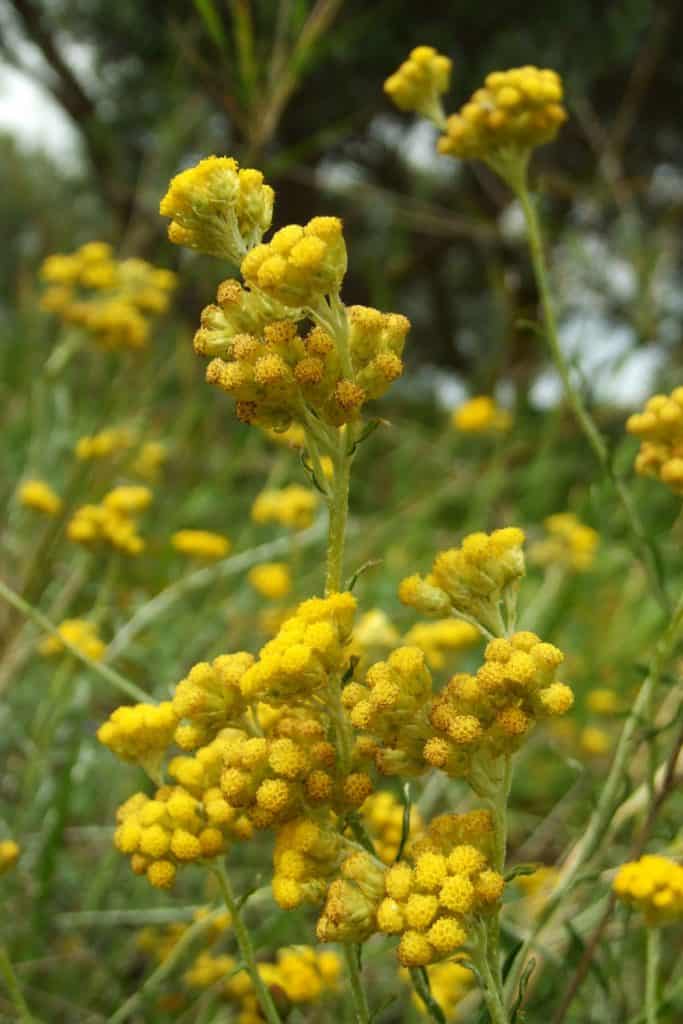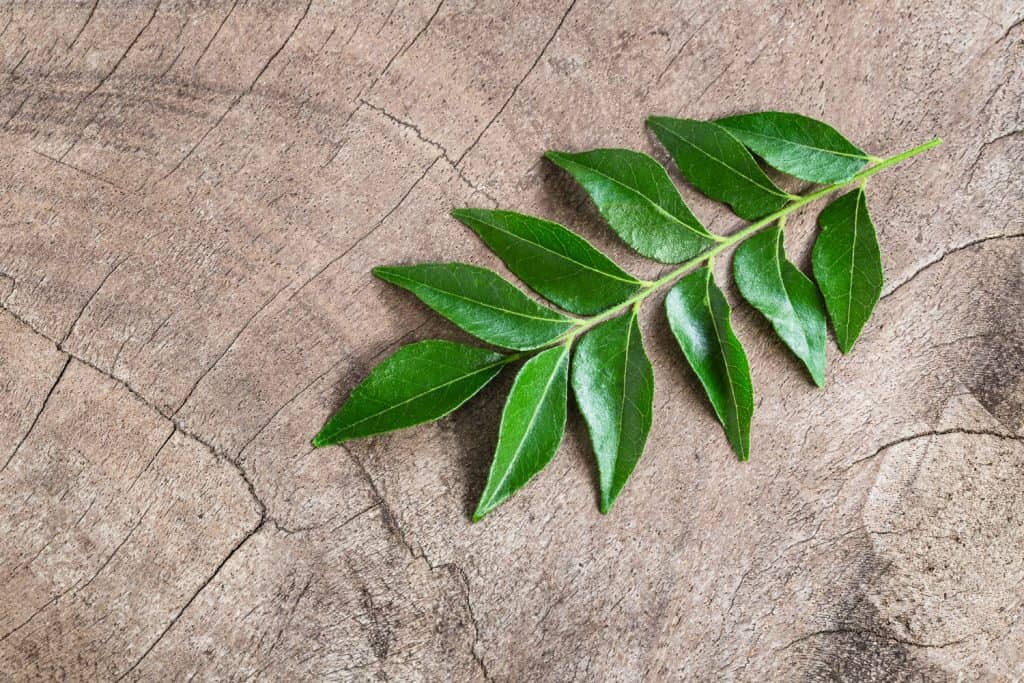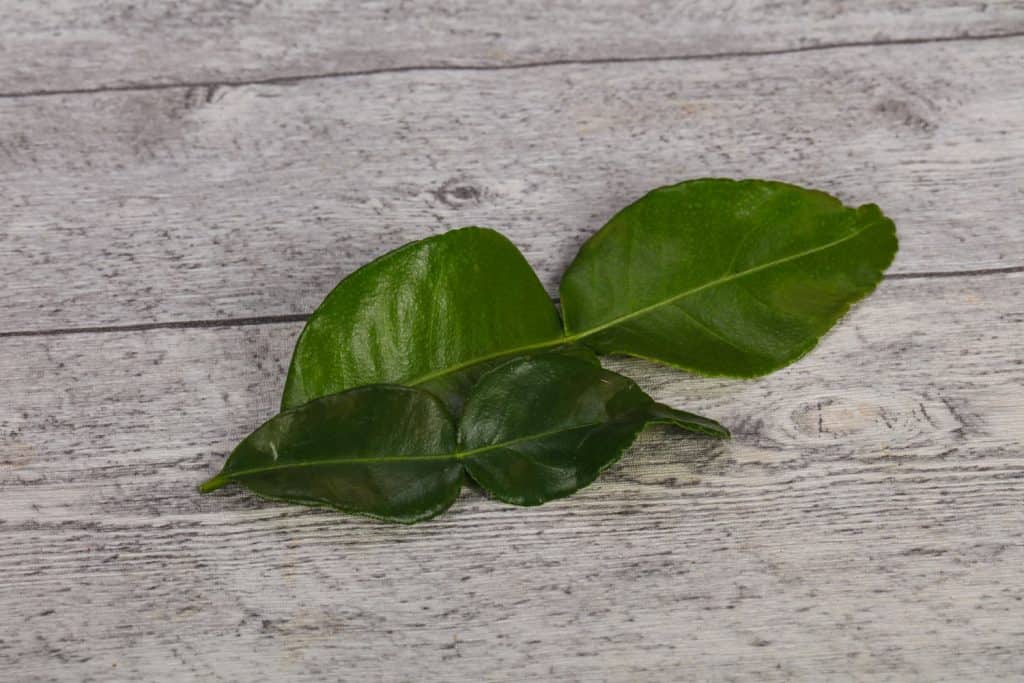The curry leaf plant has made its presence known in the culinary industry as a mainstay in Indian cuisine, making this plant popular to home and industrial growers worldwide. But how do you maintain a growing curry plant? Or, more so, what do you do if you find that your curry plant is dying? We've conducted a bit of research to find the answer to these questions for you. And this post, we will cover them.
If your curry plant is dying, the chances are that it's suffering from hydration issues, pest infestation, soil issues, or isn't receiving enough sunlight. Curry plants are easy to care for, but a dying plant must be attended to as soon as possible if you intend to revive it. Things such as dry soil, little to no light, fungal issues, or neglect can cause it to lose its vigor quickly and start to wither.
Curry plants are typically fairly easy to grow, and they can reach up to about 20 feet in height. They generally grow in subtropical areas, but they can be homegrown given the right conditions. Continue reading to learn how to maintain your curry plant and possibly save it from dying.

Reasons Why Your Curry Plant Is Dying
Sunlight
Too little sunlight exposure is often the main contributor to why home-grown curry plants die. These plants need sunlight daily to thrive. Before purchasing a curry plant, it's helpful to know where exactly you'll place the plant in your home or outside of your home to ensure that it gets the sunlight that it needs.
If you notice that your curry plant's leaves are curling down or bent, the chances are that lighting is the culprit. Try giving the plant a full day of sunlight to see if they start to perk up.

Cold weather
Curry plants prefer to live in relatively warm environments. Remember, this is a subtropical plant, so it's used to temperatures at least above 65 degrees Fahrenheit at all times. If you live in an area that has relatively cold winters, you'll want to bring the plant indoors once the temperature drops below 40 degrees Fahrenheit on any given day.
Also, if you're trying to revive a plant that has suffered from cold weather, be sure to provided natural sunlight--6 to 8 hours a day should suffice. You'll also want to limit the amount of water you provide the plant while it adjusts to the warmer temperatures.
Soil issues
Curry plants prefer soil that's well-draining and slightly acidic. Anywhere from 5.5 to 6.5 is a good pH level for this plant. If you see spots on the leaves of your plants, such as brown, white or brown colorings, this may indicate a soil issue with it.
You may also notice the leaves in the plant turning yellow. Keep in mind that sometimes you'll simply need to troubleshoot the plant to pin down the exact issue. But it helps to start with a pH test to determine whether or not the soil is too alkaline.
Read more about this pH test kit on Amazon.
Hydration issues
If the soil is too dry, the curry plant won't have enough water to transfer nutrients to its branches. And if the soil is not well-draining, it can cause the roots to become overburdened with water, and as a result, the leaves may appear droopy and wither. It can also cause the plant to develop fungal issues such as root rot. Depending on the extent of the soil issue, you may be able to revive the plant by simply giving it a bit of sunlight.
Consider doing this for 1 to 5 days and monitor the plant closely for improvement in the appearance of the leaves. If you don't notice any improvement, consider replacing the soil with fresh new soil and see if this helps. You can also create a mixture for the plant, including loom or sand mixtures, to help it drain better.
Pest infestation
The curry leaf plant is susceptible to infestations from common plant bugs such as aphids, whiteflies, scales, and spider mites, particularly when grown outdoors.
When the plant is grown indoors, it may be more susceptible to whiteflies and fungus gnats. Unfortunately, it doesn't have many natural predators that are able to control the pest population once these bugs reproduce. So the best way to help get rid of them is to eradicate them using insecticide.
Read more details about neem oil on Amazon.
How to revive a dying curry leaf plant

Treat the underlying condition
Before you can start on the road to revive your dying curry plant, you'll need to determine the reason why it's dying. Does it have a fungal infection? Troubleshooting the issue and looking at its foliage can help you determine what's going on. If the leaves are yellow, brown, or wilting, this can signify a fungal issue or a watering issue. It can also signify nutrient issues that need to be addressed.
Start by performing a pH test and testing the hydration level of the soil. You can buy a pH testing kit online. You can simply stick your index finger about 2 inches down into the soil for the hydration test. The soil should be loose, moist, and well-draining. If it's not, give the plant a good watering and monitor it for a few days. If the soil is too moist, make sure the plant gets more daily sunlight. Also, check the temperature of the environment to ensure that the plant isn't too cold.
If it has a fungal infection, apply a quality fungicide to the tree to get rid of it. If a pest infestation causes the issue, you'll need to identify the type of pest and apply an appropriate pesticide. Sometimes you may need to apply it multiple times over the course of a few weeks to get rid of the tree of the infestation completely.
Why is my curry leaf plant shedding leaves?

There could be two reasons why your leaf plant curry plant is shedding leaves. One, the plant could be in its winter dormancy stage and preparing for the colder season; or two, it could have a serious health issue. During the dormancy stage, the plant typically sees less sunlight, and it's to lower temperatures if it's located outside.
However, note that it will begin to regrow its leaves in the springtime, similar to other deciduous trees. This is perfectly normal. But if your curry plant is located indoors, this could signify a health issue. The health issue could be caused by too little sunlight, improper watering, or an untreated fungal infection. It's best to troubleshoot the plant's environmental conditions to determine the cause of the leaf drop.
How often do you water a curry leaf plant?
Curry plants don't require a lot of water to survive. Typically, watering the plant every 3 to 4 weeks should suffice to give the plant the hydration that it needs.
Why is my curry leaves plant drooping?
Chances are that your plant is suffering from overwatering or too little sunlight. To fix this, do a finger test on the soil to check the dehydration level. If it's too moist, let the plant go for several days without water. Also, place the plant in sunny areas to help dry out the soil. Lastly, check the temperature of the plant's environment to ensure that it's above 65 degrees Fahrenheit. It could simply be too cold.
Why is my curry leaves plant not growing?
The main reasons curry plant leaves won't grow are due to a lack of sunlight, cold temperatures, or a nutrient issue. You'll need to do a bit of troubleshooting to figure out which one it may be. Afterward, it's best to address the issue and monitor the plant for progress.
How do you revive an overwatered curry leaf plant?
The quickest way to revive the plant is to re-pot the plant with healthy soil. You'll also want to limit the water supply until the plant roots heal. Lastly, ensure that the plant gets full sunlight on a daily basis and is in a warm environment.
Wrapping Things Up
If you're growing a curry plant for the first time, be sure to monitor closely for the first two to three months. That'll help you get a feel of what the plant responds well to and what can be potentially damaging. Also, if you suspect that the plant is suffering from environmental issues, always use moderation when making changes to its environment. This way, the plant won't go into shock as it adapts to the changes.
Before you go, check out some of our other posts:
Best Soil For Weeping Fig & Recommended Pots And Containers
How Hardy Are Maple Trees Are And Which Zones Are They Right For?



Thank you for your presentation. I have a young potted curry leaf tree that I just received, so I am learning how to care for it.
I have been letting it dry between waterings, but I just watered it thoroughly and then left it out for a night when the temp drifted down to about 51f, and the leaves began to droop.
I am in Colorado, which has a kind of desert climate. At a mile high, there is lots of UV and strong sun, perhaps with no clouds, but the nights can be cool. In full summer, temps can still go down to upper 40s at night.
So, questions:
1- Should I be taking my plant in every night in the summer, or are those temps ok?
2 – The pot has good drainage, but the soil remains quite moist after watering, should I not be watering till it overflows out the bottom?
Thanks in advance for your answer.